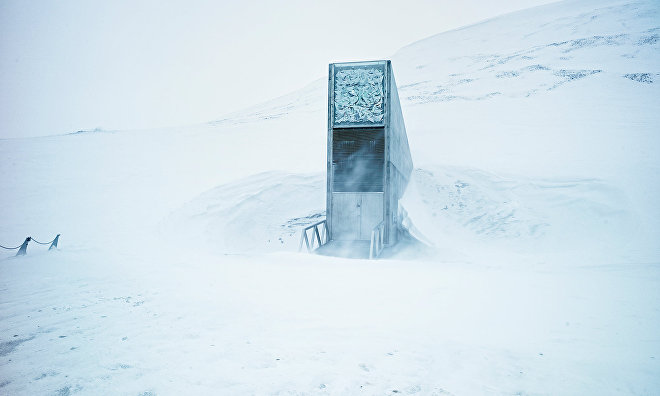

Those verging on dotage are reminded that 20 retirees could bankrupt the town, a message reinforced by the hospital’s scant number of beds and its sole doctor. Svalbard is not, as citizens call it, a “life cycle community” - no concessions are made for birth and death, and only able-bodied working adults are welcome. The governor orders women in their third trimester to leave.

Rather, their life cycles are abridged in mundane ways: Norwegian officials forcibly evict the sick, disabled, and elderly, shipping them back to the Norwegian mainland to end their days. Roughly 2,600 intrepid people, most of them adult men, live here. It is an otherworldly place, inhospitable to most life yet starkly and sublimely beautiful. If you travel across the Barents Sea from Yamalo-Nenets, you’ll arrive at a Norwegian archipelago called Svalbard. In the Arctic Circle, life seems to keep its own time. Russian medical officials now worry that melting permafrost will revive other undead diseases from the 18th and 19th centuries, including smallpox.Īnthrax is not the only ghost haunting the Arctic. A 12-year-old boy named Denis ate infected reindeer meat, contracted gastrointestinal anthrax, and died on July 30. This past summer, over 2,500 reindeer died of anthrax, and 90 people, including more than 50 children, have been hospitalized at this writing. Reindeer are the primary livelihood for Nenets, once known as Samoyed herders, who inhabit this region. Here’s the story behind anthrax’s particular resurrection.

Since the last known Siberian anthrax outbreak occurred in 1941, the bacteria are at least 75 years old. And then, far more alarming, the bodies released Anthrax spores, dormant bacteria encased in a tough outer shell. Permafrost thawed, and then reindeer carcasses and human corpses suspended in the ice thawed as well. For Yamalo-Nenets, this constitutes a heat wave of epic proportions. A region in Siberia north of the Arctic Circle called Yamalo-Nenets experienced an unprecedented 18 straight 82 degree Fahrenheit days, and one sweltering 95 degree Fahrenheit day. IN THE SUMMER OF 2016, ghosts haunted the Arctic.


 0 kommentar(er)
0 kommentar(er)
